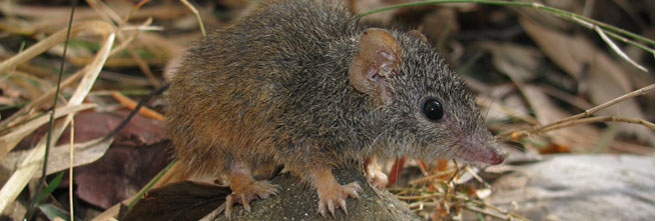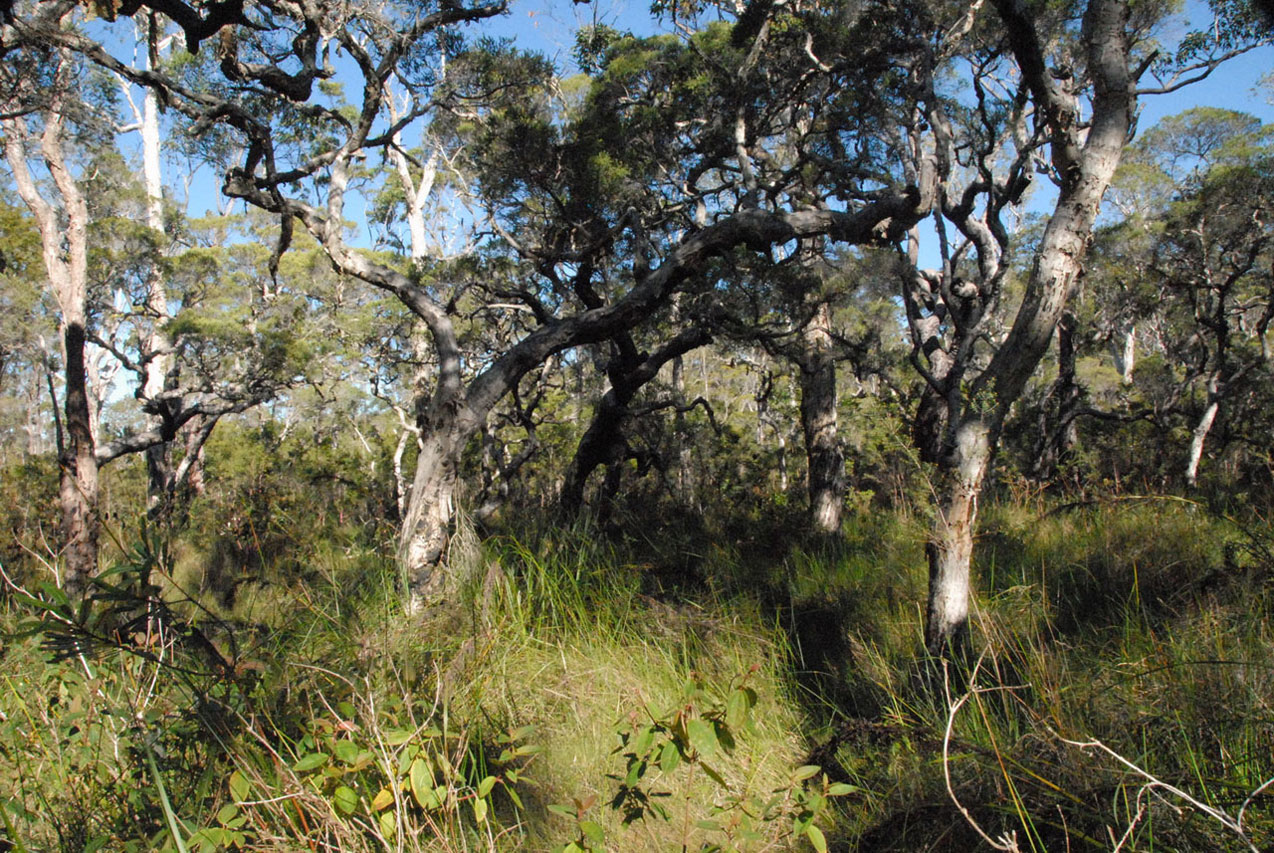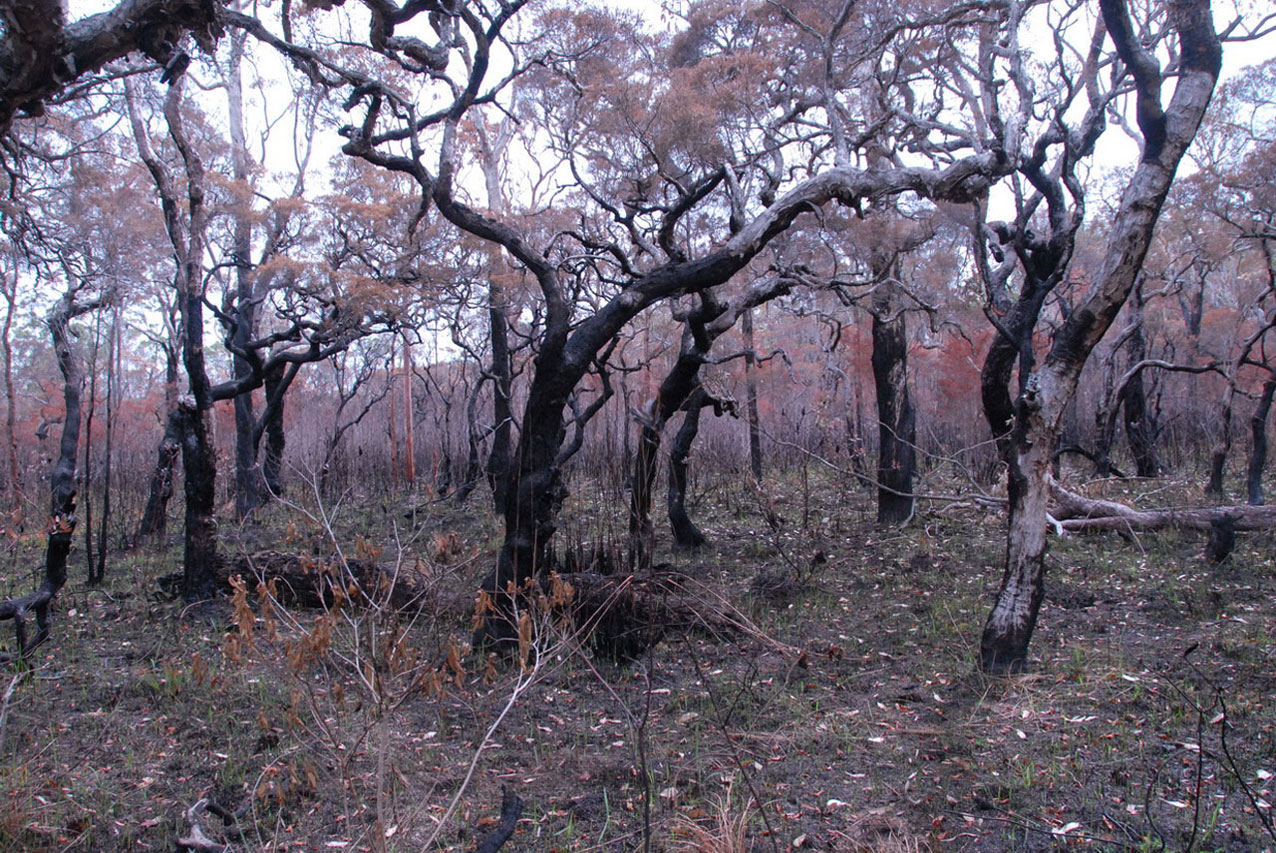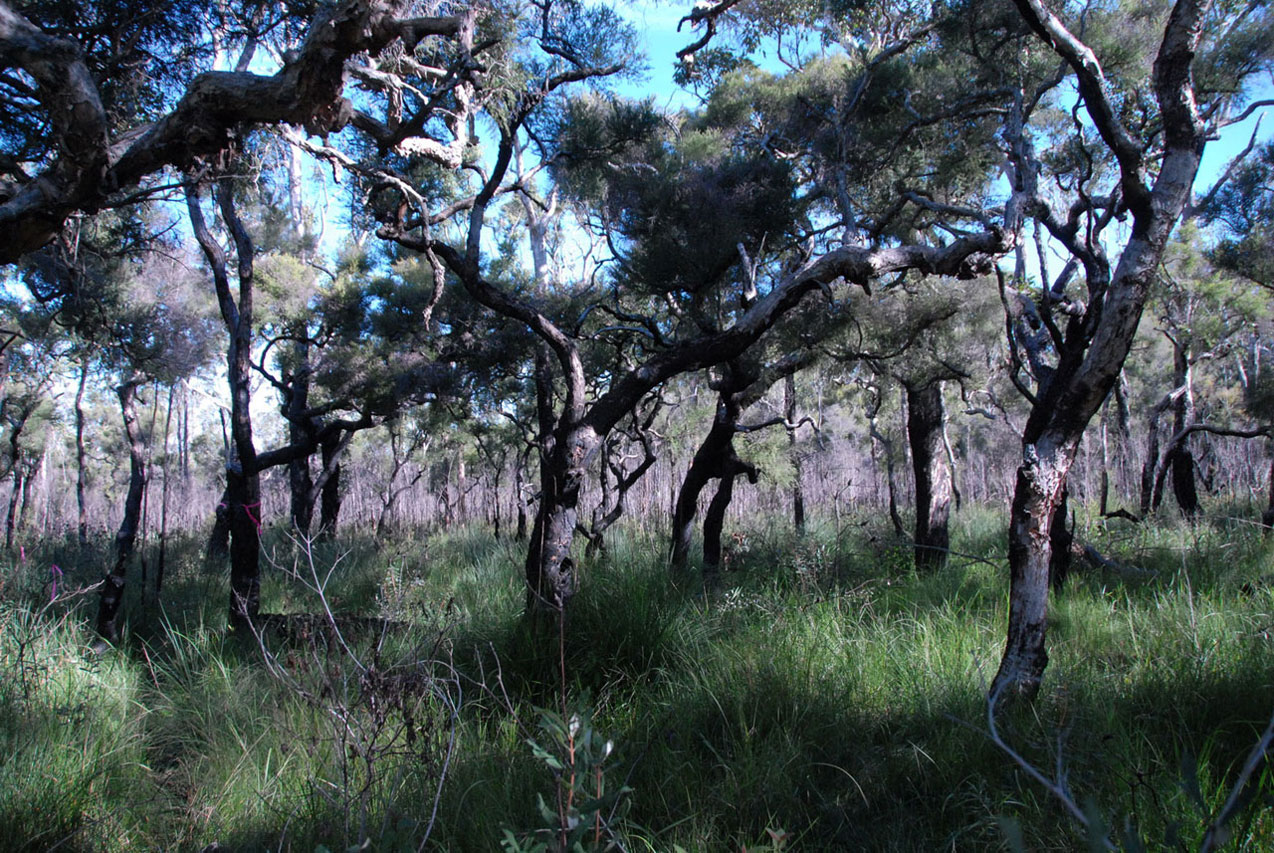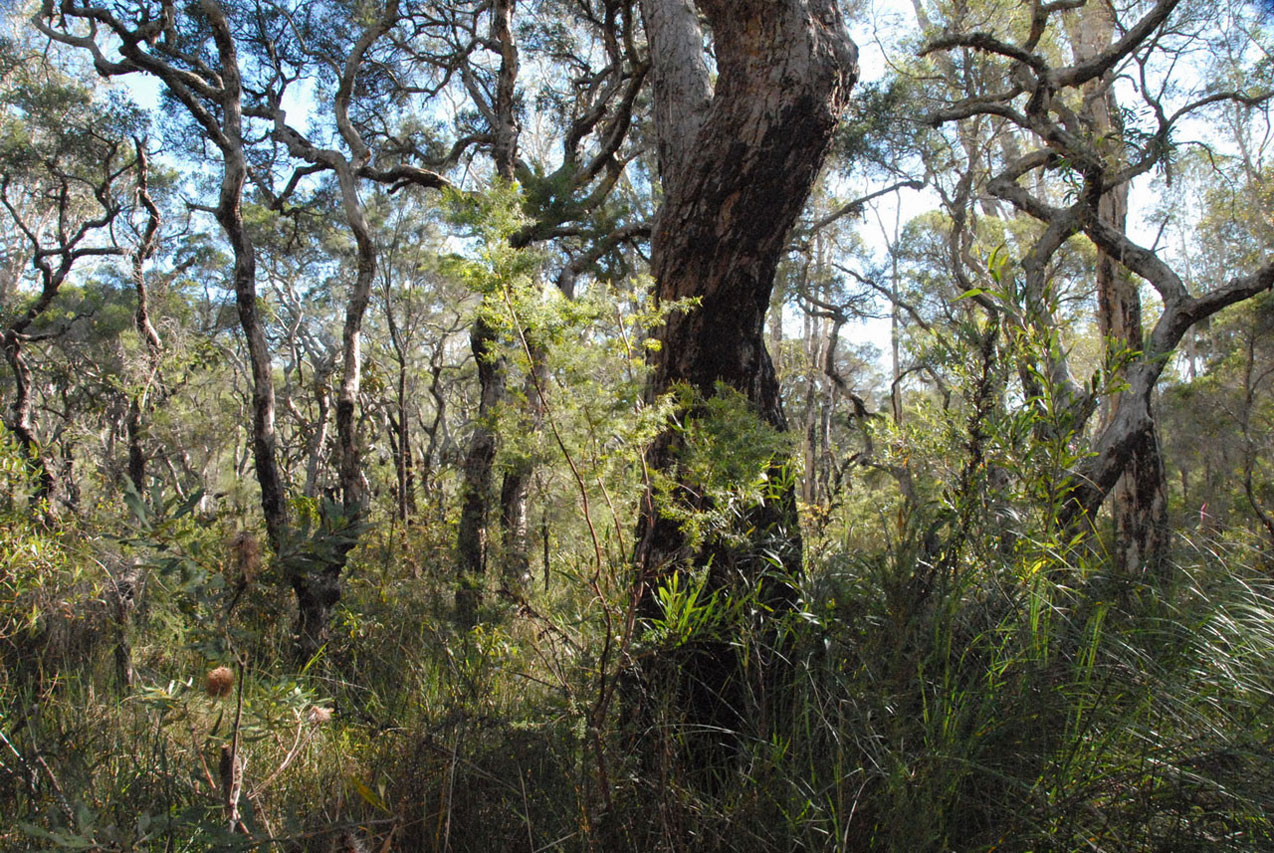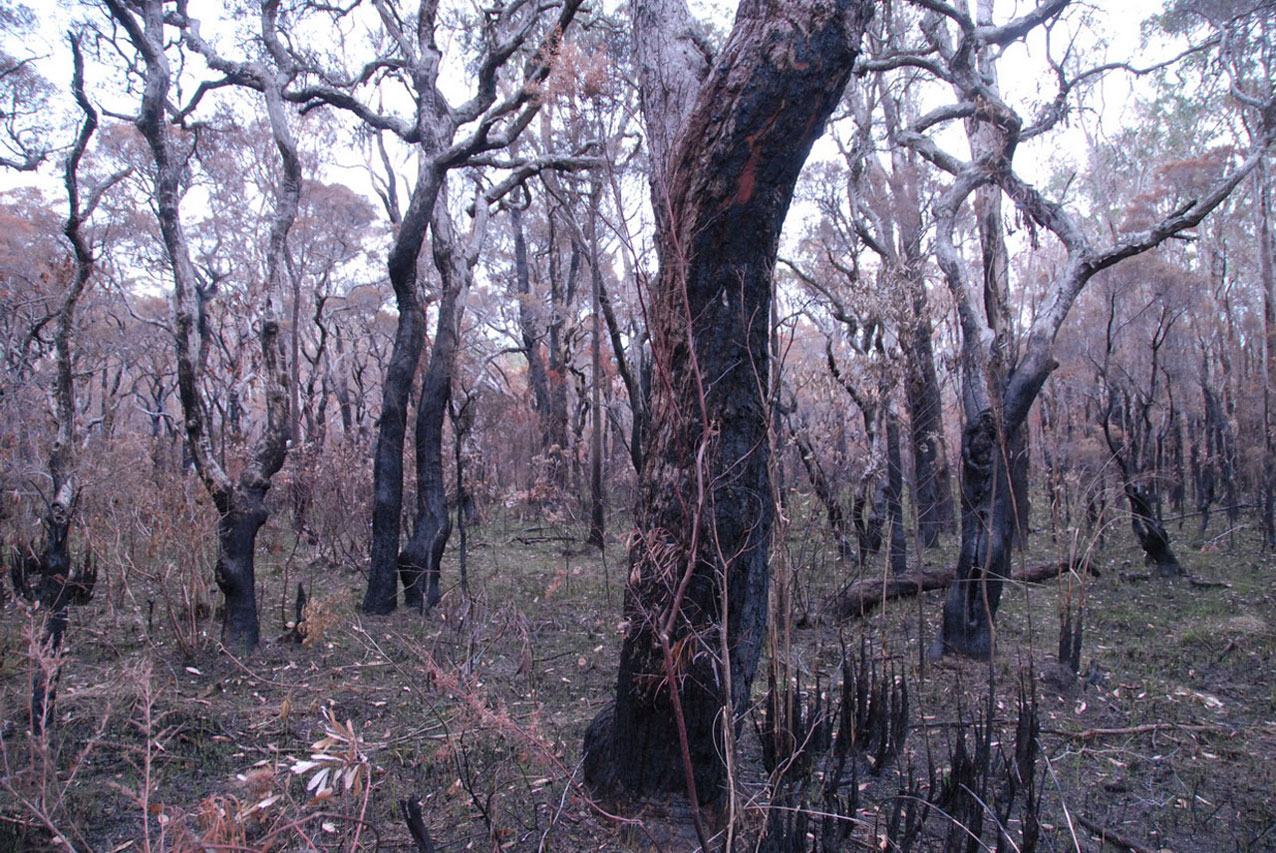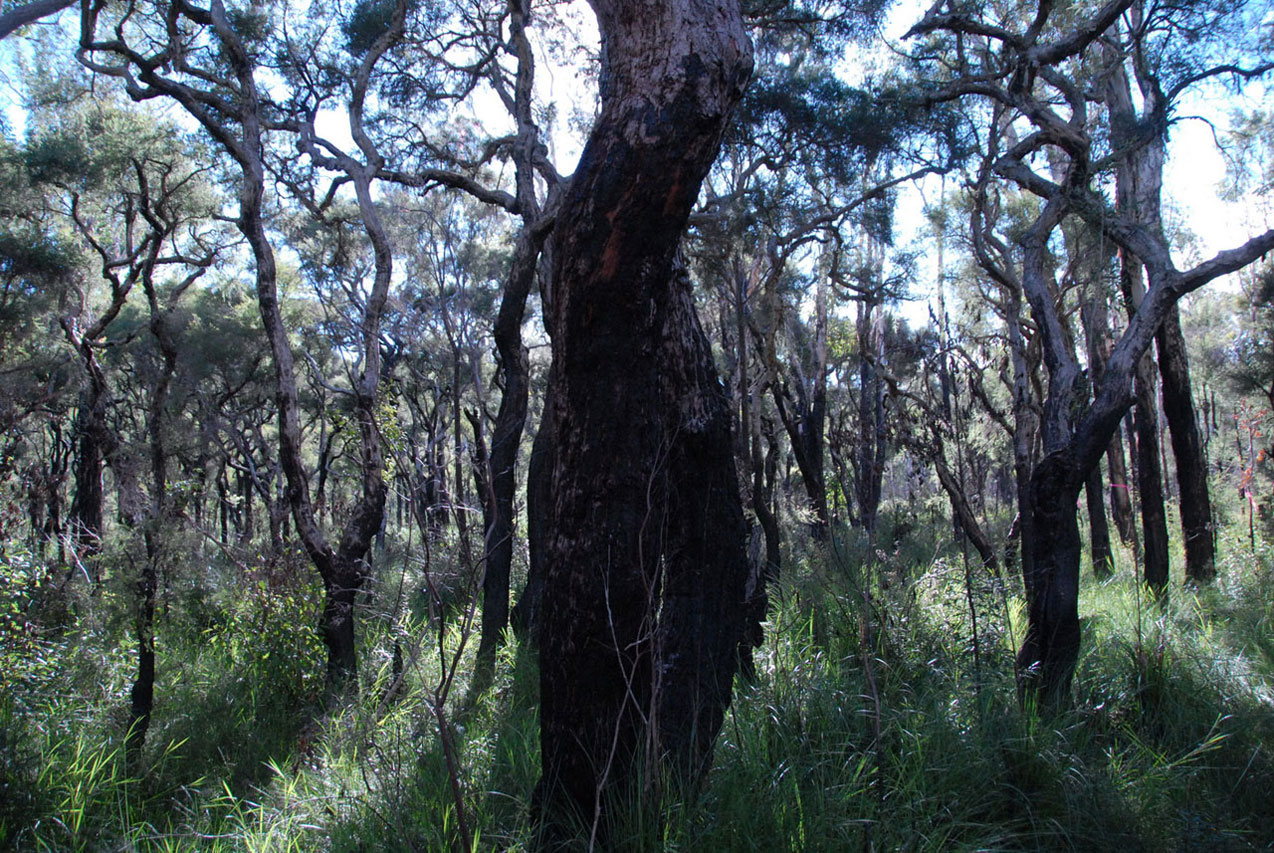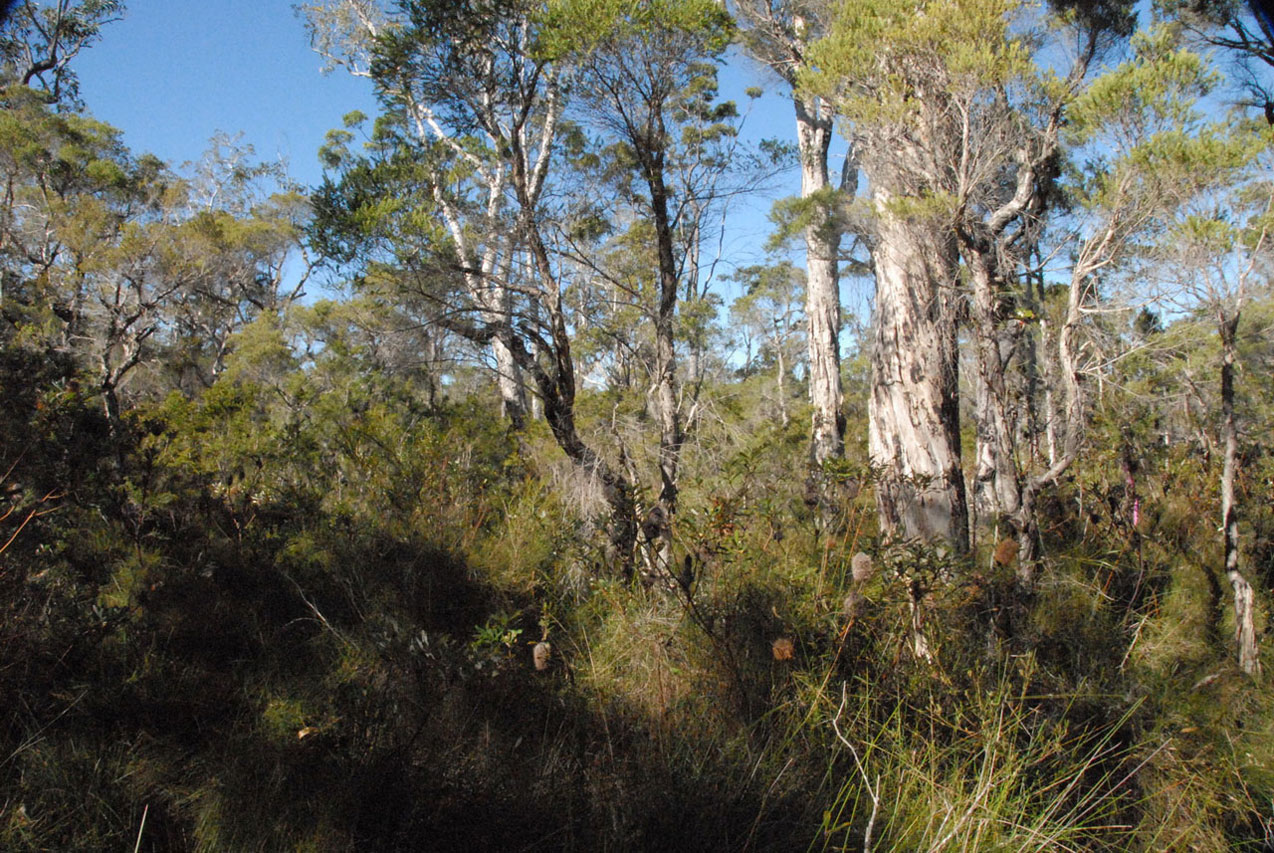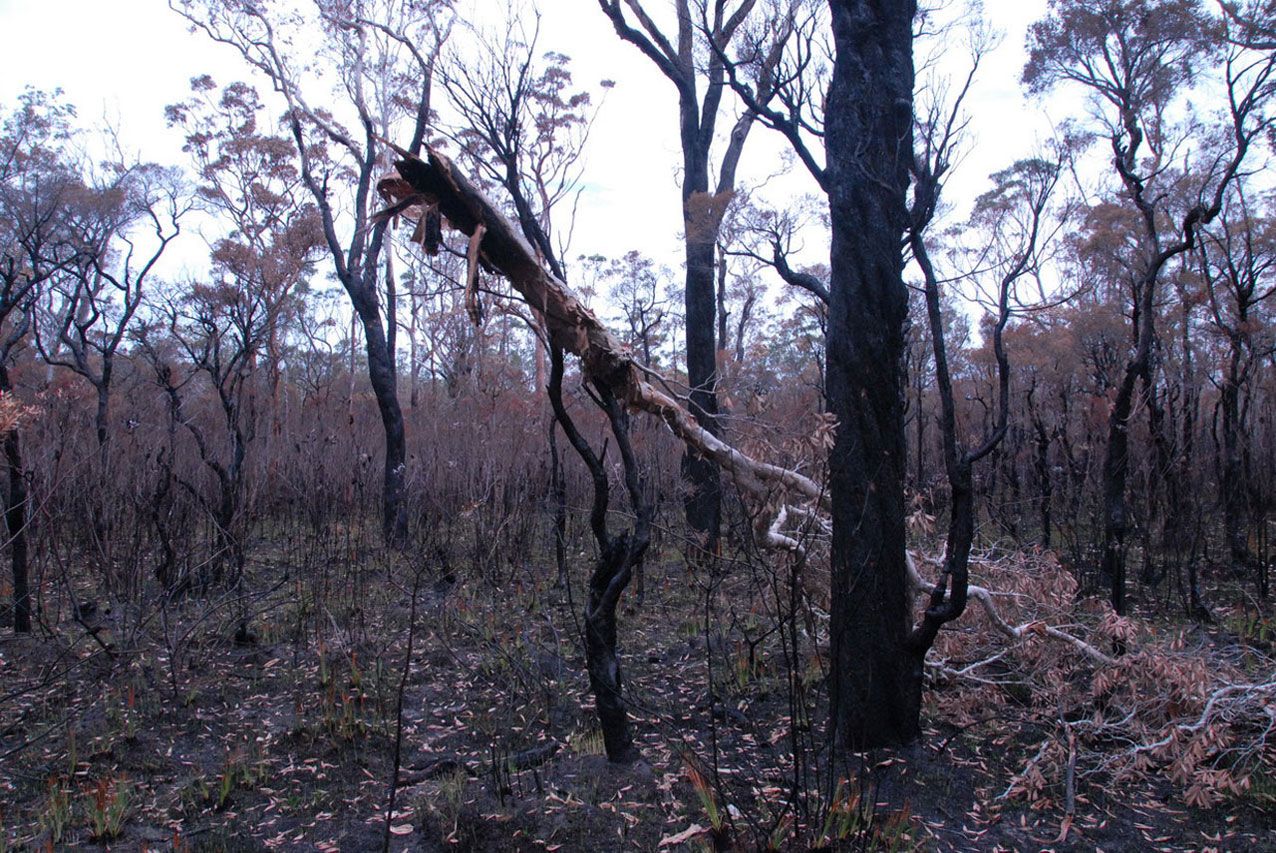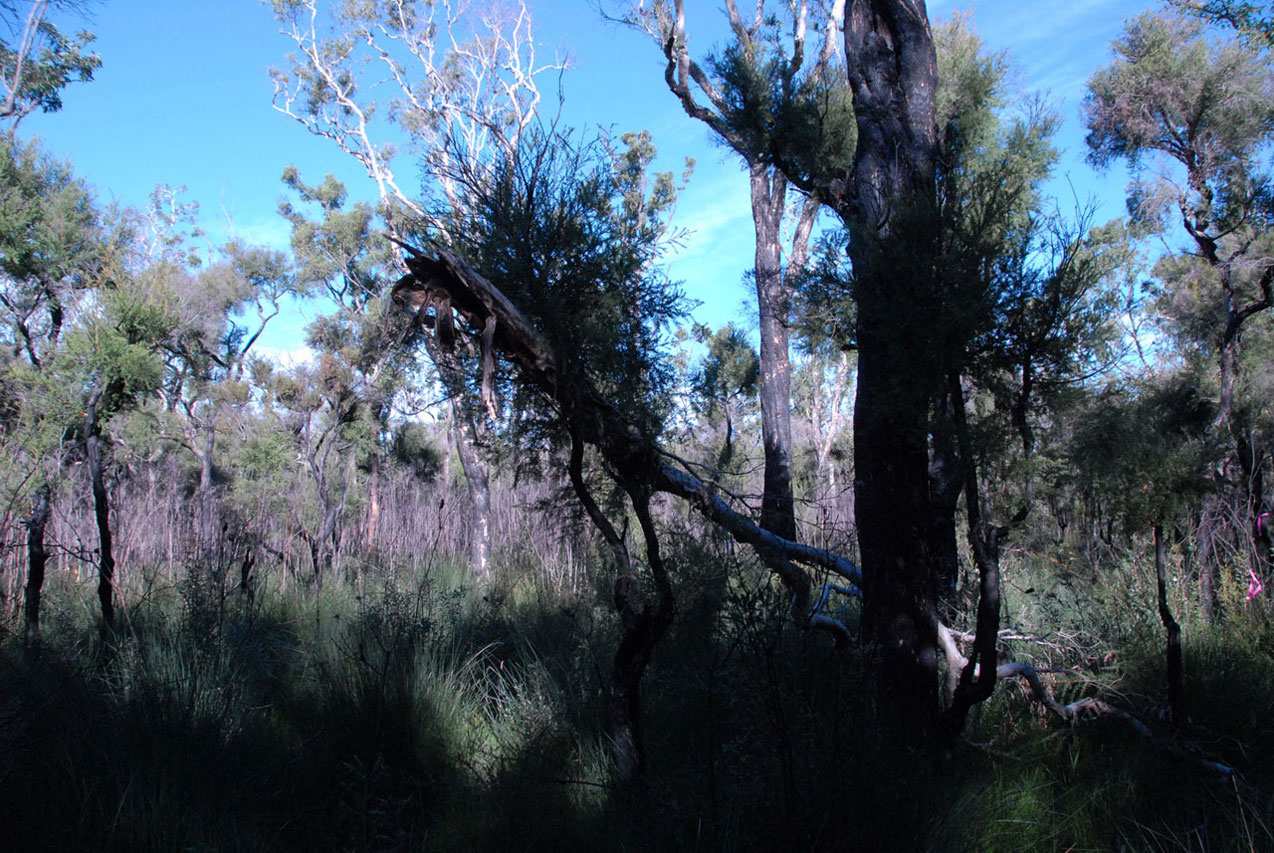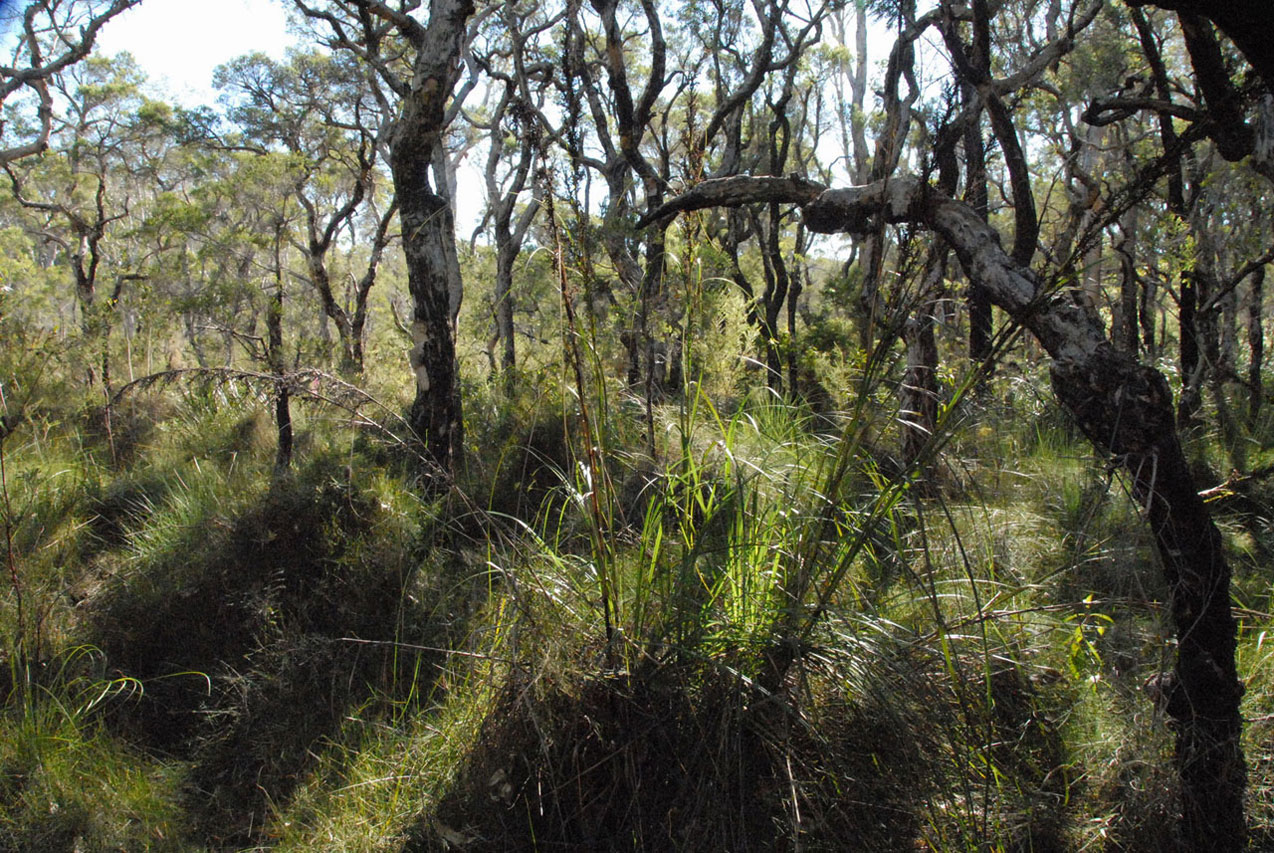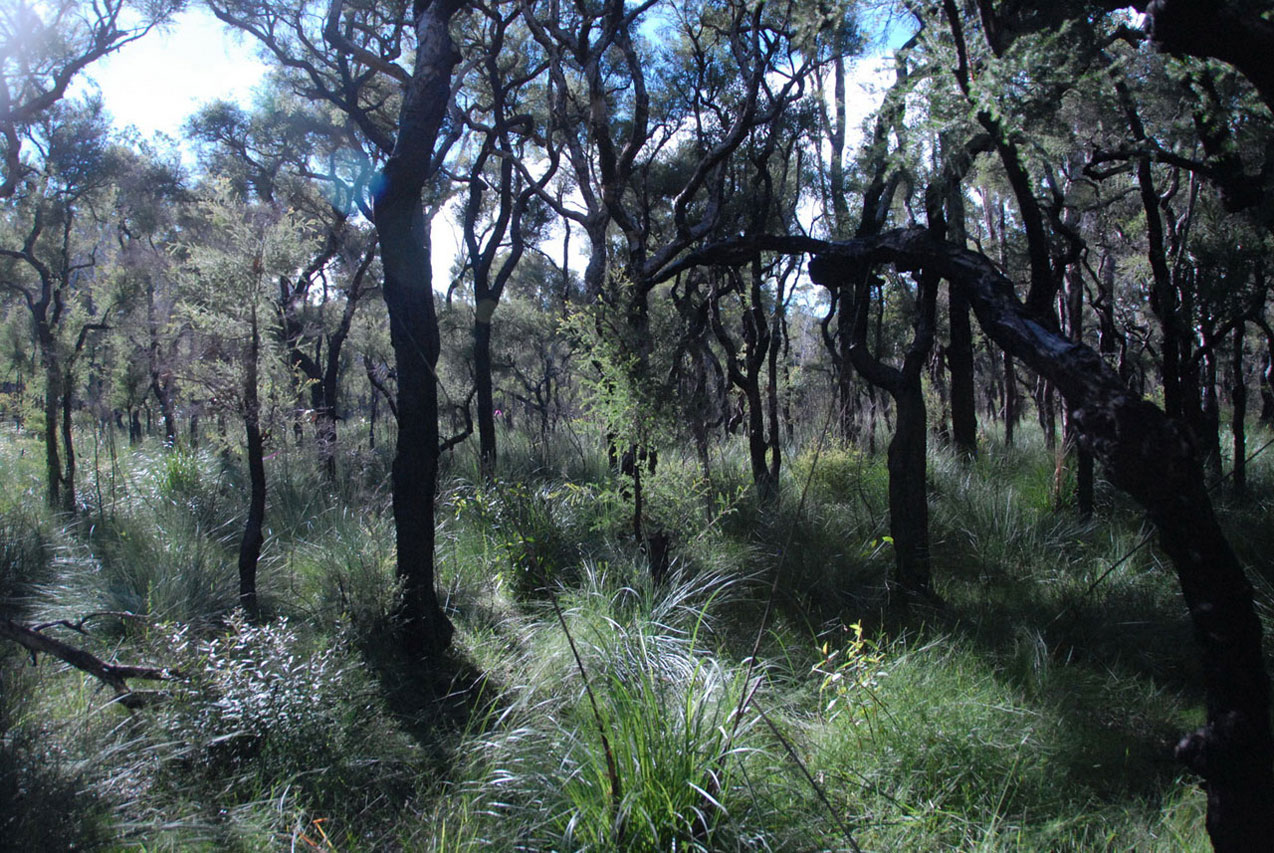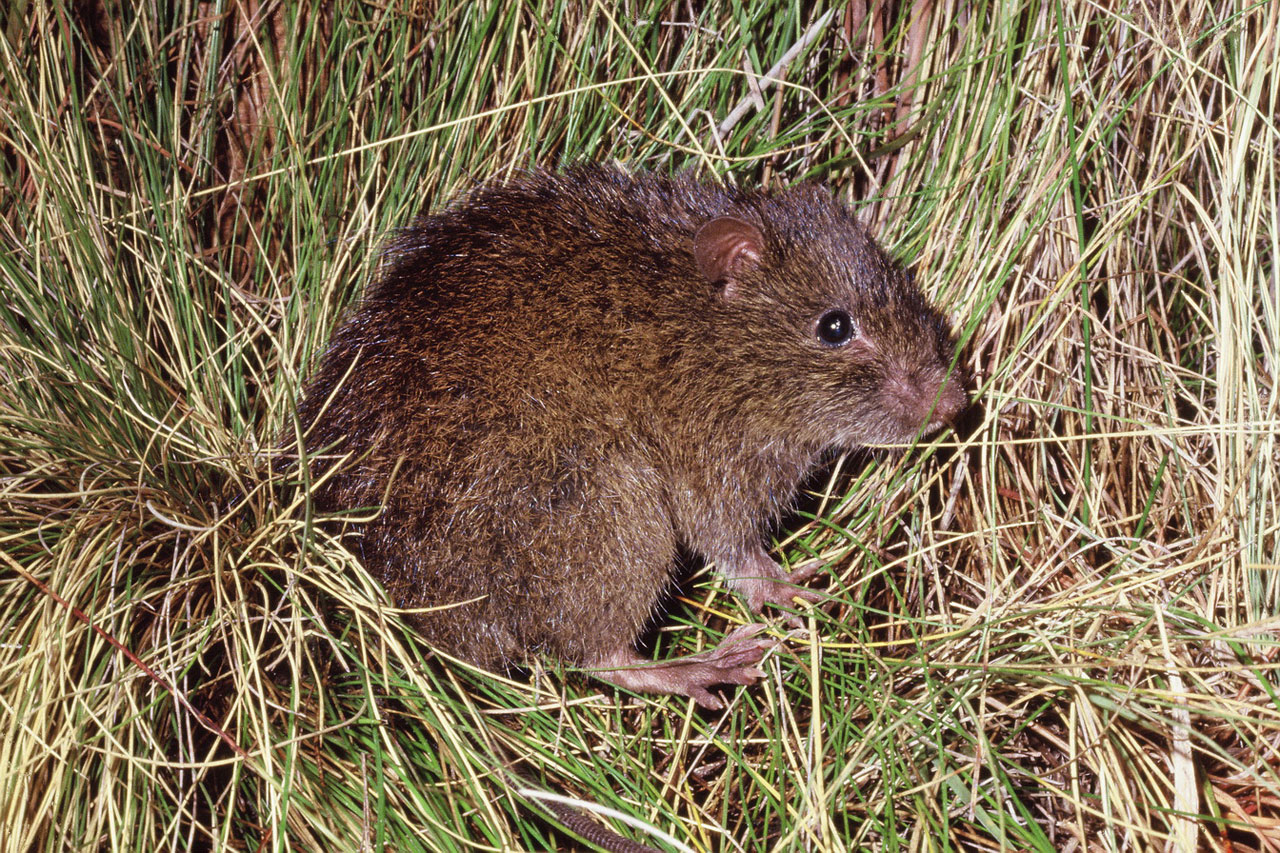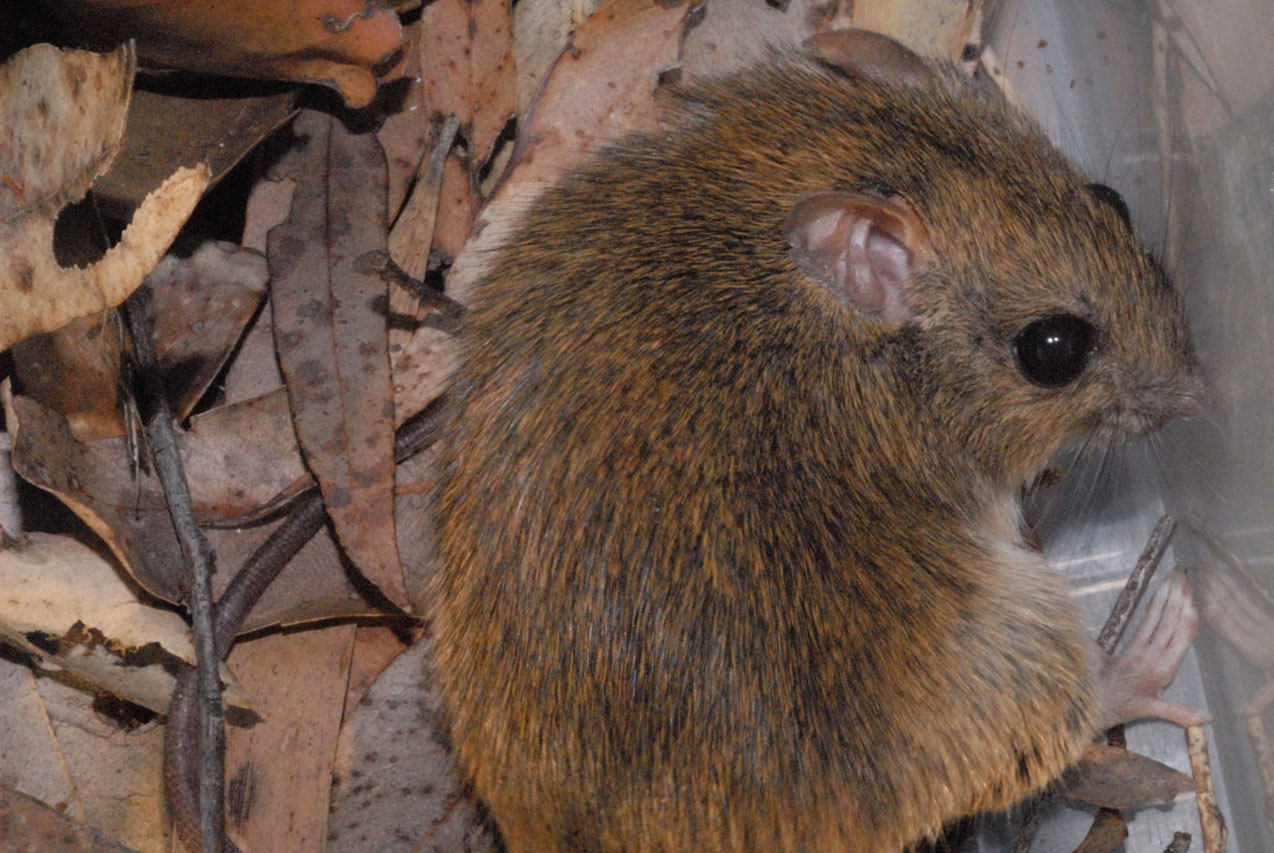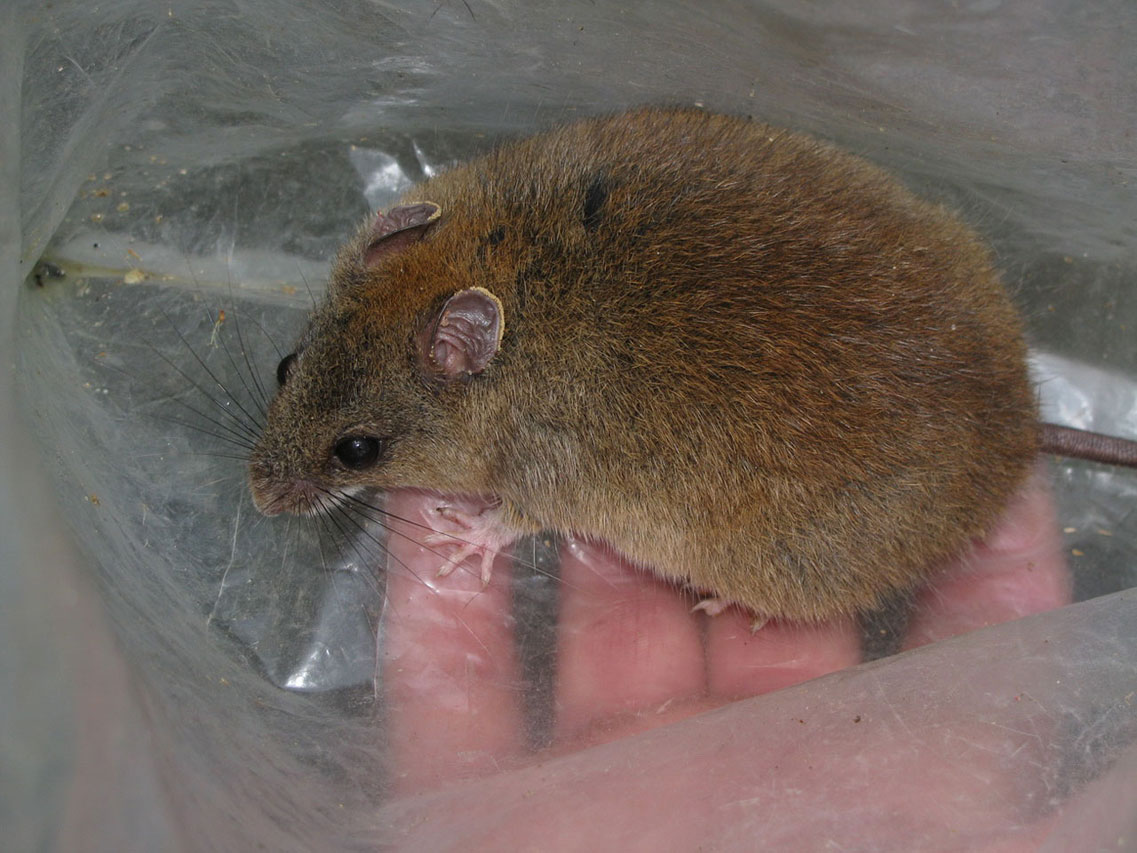A substantial part of the monitoring process of the effects of fire on biodiversity within Firesticks partner properties has been the establishment of monitoring plots within four Indigenous Protected Areas (IPAs) on the coast and tablelands. These plots have been surveyed by Firesticks ecologist David Milledge since 2012 to assess and quantify the number of selected animal species and their habitats found within the plots over time, specifically before and after cultural burning events. The plots are being burnt by the IPA rangers in co-ordination with Firesticks staff following two years of monitoring, using burning techniques which create low-intensity fire.
In November 2013 a wildfire in Bundjalung National Park threatened the adjacent Minyumai IPA and other properties and as a result the Rural Fire Service performed a back-burn creating a fire containment line within the IPA. One of the monitoring plots (Plot A) fell within the burnt area and the following gallery of photos are from four photo-points located within the burnt plot. They show a series of three photos from each photo-point taken five months before the burn and three weeks and six months after the burn.
The results of a small mammal survey undertaken in Plot A six months after the burn demonstrated the following interesting although preliminary results:
-
Yellow-footed Antechinus density was maintained at approximately the same level
- Grassland Melomys density decreased by approximately two thirds
-
The Swamp Rat was replaced by the Pale Field Rat, with the latter species not previously recorded in the plot.
As this back-burn was performed due to a wildfire emergency there was no chance to keep the fire at a low intensity level and as a result it burnt much higher into the canopy and at a higher intensity than would have occurred if it was a low-intensity cultural burn. The situation has offered us the unexpected opportunity to compare the results of the high-intensity back burn on the fauna and habitat with the results of low-intensity planned burns once they have been undertaken in other plots in the IPA and in similar habitats in the nearby Ngunya Jargoon IPA later this year.
- Before burn at photo point 1 on 19 June 2013
- After burn at photo point 1 on 12 December 2013
- After burn at photo point 1 on 24 June 2014
- Before burn at photo point 25 on 19 June 2013
- After burn at photo point 25 on 12 December 2013
- After burn at photo point 25 on 24 June 2014
- Before burn at photo point 26 on 19 June 2013
- After burn at photo point 26 on 12 December 2013
- After burn at photo point 26 on 24 June 2014
- Before burn at photo point 50 on 19 June 2013
- After burn at photo point 50 on 12 December 2013
- After burn at photo point 50 on 24 June 2014
- Yellow-footed Antechinus
- Swamp Rat
- Pale field rat
- Grassland Melomys
Photograph credits: David Milledge & Chris Graves


